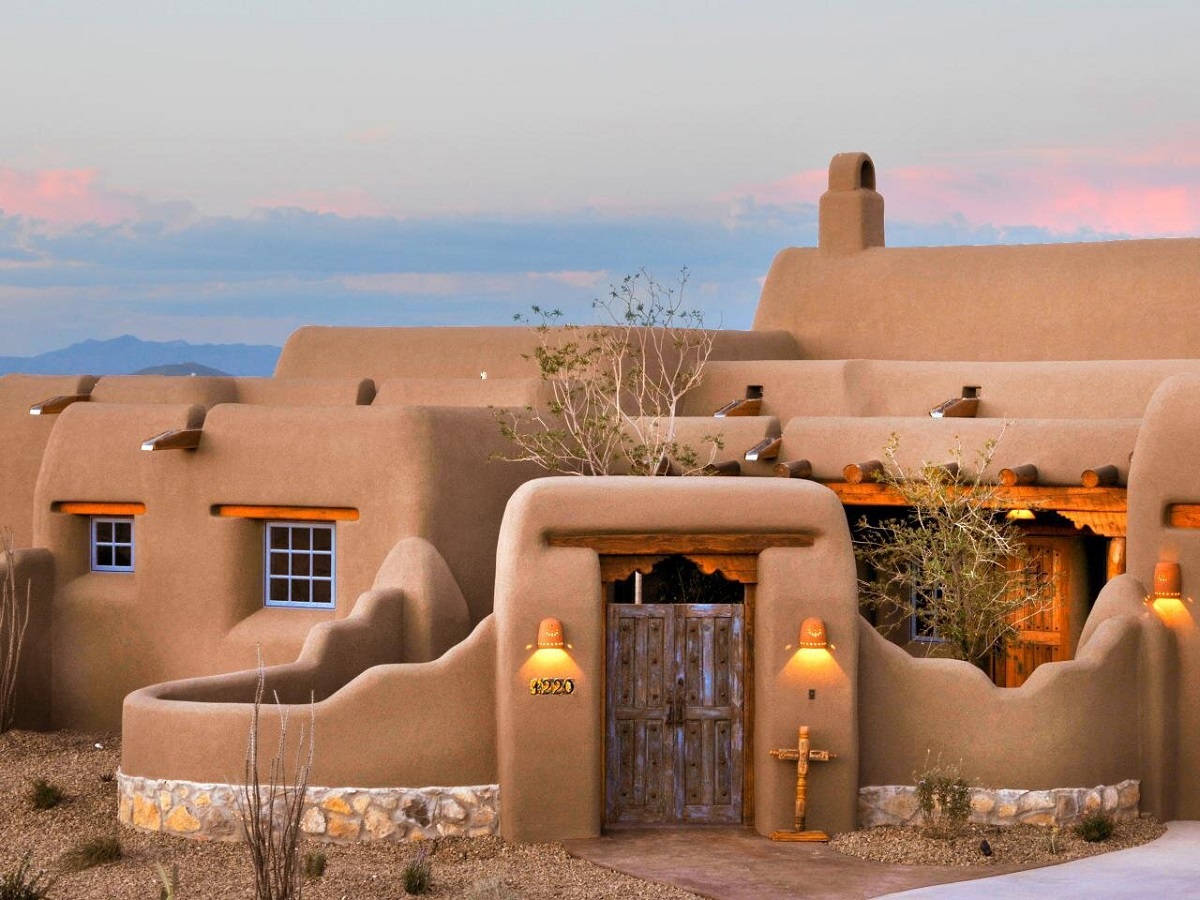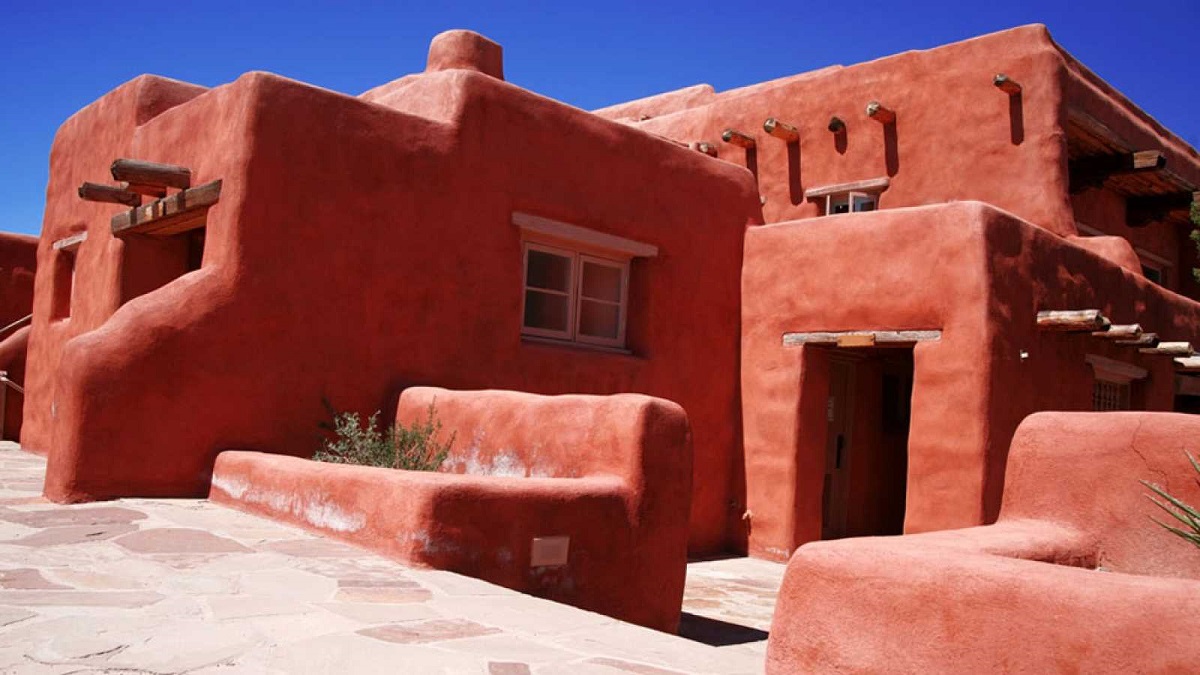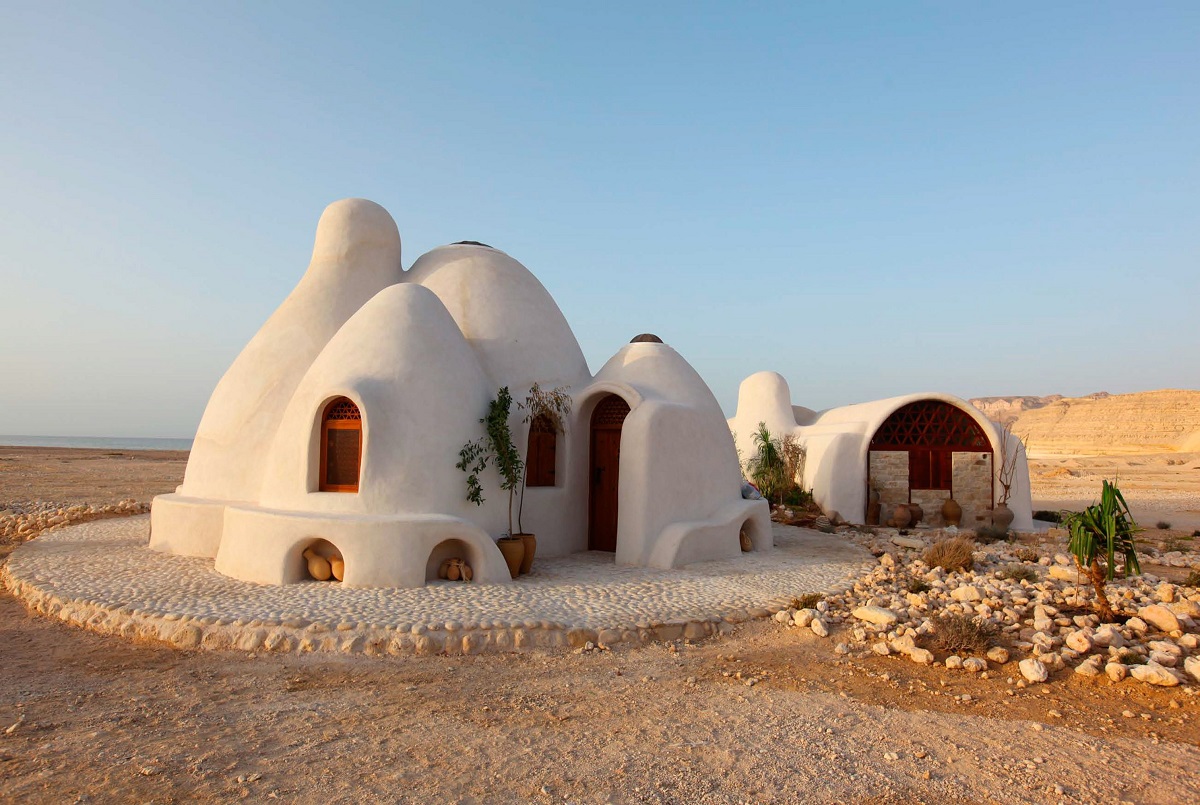
Adobe is a brick or structural piece that is made by hand and is composed primarily of clay and sand. This type of material can be used to make adobe houses. The creation of this type of houses is booming thanks to the fact that it is considered an ecological material. The fundamental characteristic of adobe is that it has a special drying system through exposure to the environment without the application of heat. This makes making adobe houses interesting for many builders and architects.
Therefore, we are going to dedicate this article to tell you what are the characteristics of adobe houses and their importance.
adobe houses

Building houses with adobe is sustainable, healthy and economical, and it is an excellent ecological construction material. LAdobes are a construction material made up of clay, sand and straw. (to withstand traction), in some cases manure (organic matter that contains the most resistant straw, which goes through the digestive process of animals) is added to increase mechanical resistance.
The ecological construction of adobe houses thrives in its most professional versions due to its benefits for health, the best insulation and contact with nature. Building with natural materials does not have as many drawbacks as we might think, you have to do a good job on the foundations and isolate yourself from humidity, condensation and other basic problems.
Adobe is an ideal construction material, practical, manageable and easy to modify what has been built, it is a hard and rough material that with proper maintenance can withstand the passage of time.
Advantages of adobe houses

The main advantage of adobe is that it is easy to make and the basic materials for adobe can be found almost anywhere in the world where it can be built, as long as there is land.
Other advantages of building with adobe are the simplicity of execution, affordability, properties such as thermal insulation, acoustic insulation and high-frequency electromagnetic radiation, high economic efficiency as it is handcrafted in moulds, zero energy consumption as it does not have machinery of any kind. Chemical elements can be added, but use natural materials.
Finally, note that it is a recyclable product, since the material is reusable and biodegradable, both during the manufacturing process and during construction and demolition.
Main disadvantages

As the most important disadvantages of this material we can cite their vulnerability to natural disasters such as earthquakes and floods and the slowness of its manufacturing process, since it takes four weeks to use it if it is produced on site.
The proper size for adobe bricks is 50 cm x 33 cm. × 8 cm., the thickness of the wall is 50 cm, we will solve the problem of thermal insulation, acoustic insulation, we will obtain a bearing resistance of 10 kg/cm2.
It is convenient to make at least 10 different doses, test them in an approved laboratory, the wall sample that gives us the best mechanical properties will be the model from which all adobes are made.
Construction processes
The drying process is very important to protect the unit from direct solar radiation, especially in high temperature seasons, to prevent rapid evaporation of moisture and the unit from cracking.
To avoid capillary damage due to humidity, the first 50 cm of the wall will be made of stone with an intermediate waterproof membrane, or at least, the adobe walls inside and outside will be painted with lime paint.
Of course, depending on the large number calculated by the structure (with a corresponding weight factor), the wall will have its foundation of concrete or bowling ball.
We know the quality and failures of adobe, so precautions must be taken when using it properly from the constructive point of view, since it is known that it does not support water erosion, it must be protected to maintain its stability over time.
For an adobe building to be healthy and without risk of corrosion or decomposition, we will absolutely avoid the following: The presence of water on the surface of the building without openings, cracks or capillary channels on the surface that allow the passage of water with a filter and finally, no force, pressure, gravity, or capillary action to help the water seep through the openings. It is not about waterproofing the entire building, but about letting the earth breathe, allowing water vapor and gases to flow freely through the material in controlled quantities.
There are two solutions to protect this material, The first and most important is a good architectural design, which will prevent us from using various paints, in this case the professional design is the design that protects the walls. Another way to protect adobe is to lightly impregnate the roof, but keep in mind that walls should not be covered until the drying shrinkage is unstable, has not settled and the moisture has evaporated. Drying has reached a level with a maximum moisture content of 5% within the adobe.
Economics of adobe houses
The economy should not be the only priority when choosing materials, priority must be given to technologies that do not consume energy, that is, a house built of adobe You can save up to 50% energy per year.
Adobe allows structures to be easily modified, creating holes in the existing walls to install new water services, resolving new installations in a simple way and at a much lower cost than other construction methods.
One of the most ecological characteristics of adobe is that bricks can be recycled in situ in the walls of new constructions, converting the rest into earth and integrating into the earth without leaving residues.
In short, over the years natural construction techniques have been replaced or even ignored by current construction techniques, but different studies have confirmed the benefits and advantages of ecological construction. Today we can stop thinking of adobe as a primitive construction material, we must see it as a sustainable alternative to build comfortable and healthy buildings.
I hope that with this information you can learn more about adobe houses and their characteristics.